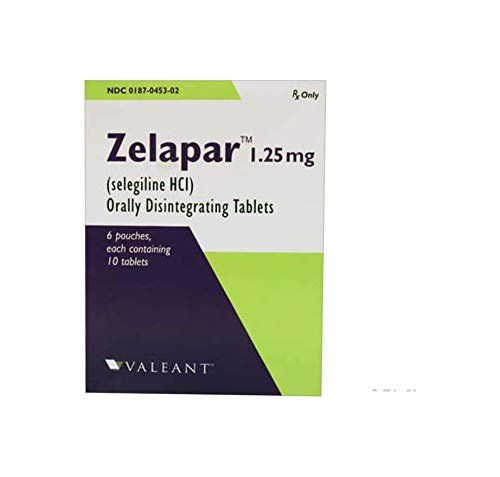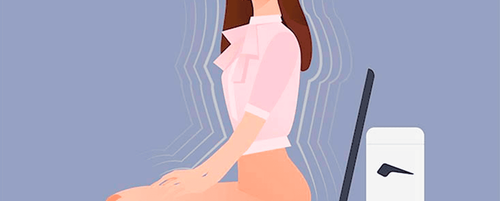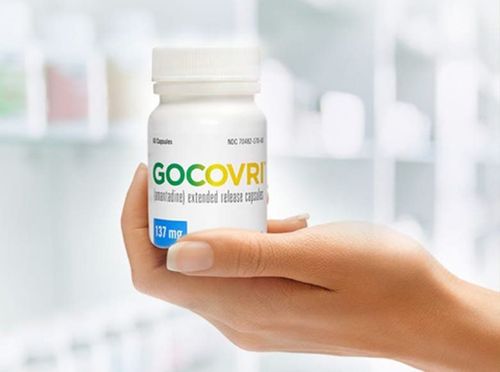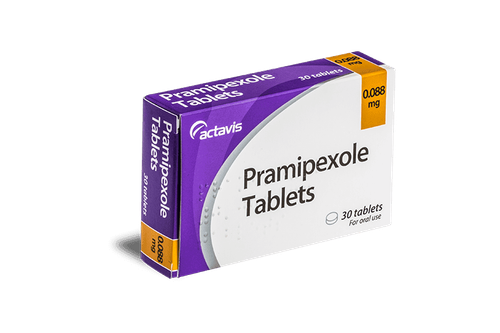This is an automatically translated article.
The article is professionally consulted by Dr., Dr. Ton That Tri Dung - Head of Department of Medical Examination & Internal Medicine - Department of Medical Examination & Internal Medicine - Vinmec Danang International HospitalCurrently, the number of people with Parkinson's disease is increasing rapidly. It is a neurodegenerative disease, mainly affecting the elderly. One of the factors contributing to the increased incidence of this disease is the aging of the population.
1. What is Parkinson's disease?
Parkinson's disease is a brain disorder that causes a gradual loss of muscle control. Parkinson's symptoms tend to be mild at first and gradually worsen, so many people don't even know they have the disease until the condition has worsened. Distinctive signs of the disease include tremors, stiffness, slow body movements, and poor balance. Parkinson's was originally called "tremor paralysis," but not all people with Parkinson's disease experience tremors.
2. Progression of Parkinson's disease
For some people, progressive signs of Parkinson's disease can persist for more than 20 years. Early treatment can help people with Parkinson's disease stay healthy for many years without any symptoms of the disease. About 5% to 10% of Parkinson's disease cases occur before the age of 50.
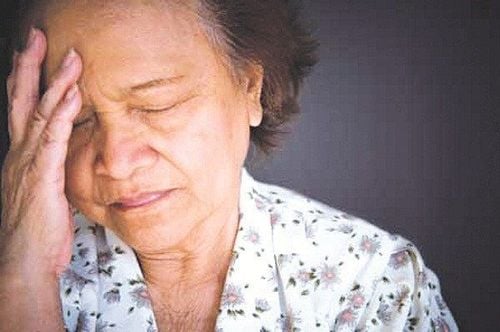
3. Signs of Parkinson's disease
The early signs of Parkinson's disease are often unclear and easily confused and include:
Mild tremors in fingers, hands, legs or lips Body becomes tight or difficult to move Difficulty balancing body Difficulty balancing Difficulty writing words Facial expressions are reduced Some common symptoms such as:
Tremor: about 70% of people with Parkinson's disease will have this symptom. It usually begins in a finger or hand when the hand is at rest, but does not begin when the hand is in motion. The tremor will shake rhythmically, usually four to six beats per second. Tremor can also be a symptom of other conditions, so just because you have tremors doesn't mean you have Parkinson's disease. On-demand slowness (Bradykinesia): As you get older, movement also becomes slower. But if you have Bradykinesia, a hallmark of Parkinson's disease, being slow to move can reduce your quality of life. When you want to move but your body doesn't respond immediately or stops suddenly, even freezes - the body is immobile for a period of time. The difficulty with movement and facial expression in patients with parkinsonism may be due to bradykinesia. Imbalance: People with Parkinson's disease tend to develop a stooped posture, with their shoulders drooping and their head facing forward. Along with other movement problems, patients with Parkinson's may have problems with balance. This increases the risk of falling. Stiffness: The body becomes rigid when the muscles are stiff and unable to stretch, such as the arm of a person who is walking and cannot swing. Parkinson's can cause you to have muscle cramps or pain. In addition, a small number of cases of Parkinson's disease may present with the following symptoms, including:
Not sleeping well or being tired during the day Voice becomes soft, slow Difficulty swallowing Problems about memory, confusion or memory loss Oily skin and dandruff Constipation
4. Diagnosis of Parkinson's disease
There is no specific test to diagnose Parkinson's.
Usually doctors will diagnose this disease based on taking history, medical history, physical examination to make a final diagnosis. In addition, the doctor will order some paraclinical tests to rule out other pathologies (Craniocerebral MRI, Cranial Ctscan, Cranial Doppler ultrasound...)
5. Tremor and Parkinson's disease
If you have tremors but don't have other Parkinson's-like symptoms, such as rigidity or slow movement, you may have a benign tremor. This tremor is highly heritable and much more common than Parkinson's disease. It usually affects both hands equally. Unlike Parkinson's disease, tremors are worse when your hands are moved. Essential tremor does not respond to the commonly used Parkinson's drug levodopa, but can be treated with other medications.6. Subjects with Parkinson's disease
The average age of people with Parkinson's disease is 62, people over 60 have only a 2% to 4% chance of getting the disease. Men are more likely to develop Parkinson's disease than women.
7. Causes of Parkinson's disease
Parkinson's disease is caused by a decrease in the neurotransmitter dopamine. Dopamine is responsible for transmitting nerve signals between cells, helping brain cells manage and direct muscle activity. Deficiency of dopamine makes it difficult for patients to move and move.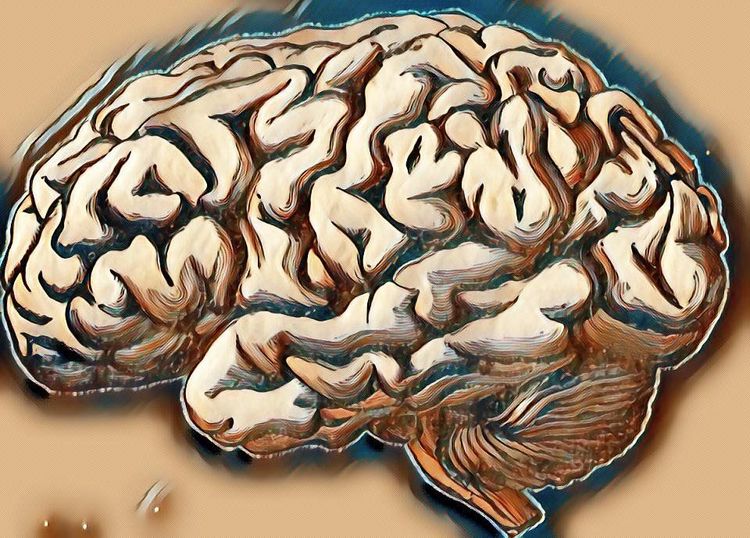
8. Treatment of Parkinson's disease
Levodopa (L-dopa): is a medicine that helps the brain make dopamine. It has been used since the 1970s and is still the most effective Parkinson's medication. It relieves bradykinesia and muscle stiffness, helping the patient to move more easily. Levodopa should not be combined with a high-protein diet. Levodopa is often combined with carbidopa to prevent nausea and vomiting and help levodopa be better absorbed by the brain. Other side effects including drowsiness, hallucinations, and paranoia may occur with long-term use of the drug. Nouriaz (istradefylline) is another option when the effects of levodopa start to wear off. Dopamine agonists: may be used to slow the symptoms of motor-related parkinsonism. These include Apokyn, Mirapex, Parlodel, Neupro and Requip skin patches. Apokyn, an injectable medication, can be used when the effects of levodopa start to wear off. Side effects include nausea and vomiting, somnolence, fluid retention, and mental confusion. Others: Safinamide (Xadago) is an additional medication that may be prescribed when people taking levdopoa and carbidopa have a breakthrough in Parkinson's symptoms that have previously been controlled. Studies show that adding this medication helps individuals experience longer periods of relief or no symptoms. The most common side effects are difficulty falling or staying asleep, nausea, falls, and involuntary, uncontrolled movements. Comtan and Tasmar may improve the effectiveness of levodopa, with a possible side effect of diarrhea. Patients taking Tasmar require regular monitoring of liver function. Stalevo is a combination drug with 3 drugs, including levodopa, carbidopa and entacapone (the drug in Comtan). Azilect, Eldepryl, Emsam, and Zelapar, which work to slow the decline of dopamine, are given early or with levodopa. Should not be used together with certain antidepressants. Surgery: Brain stimulation: Electrodes can be implanted in one of three areas of the brain, including: the globus pallidus, the thalamus, or the hypothalamus in one hemisphere or both. A pulse generator is placed in the chest, near the collarbone. The electrical impulses stimulate the brain to help reduce the patient's stiffness, tremors, and slow movements. The electrical pulse does not stop the progression of Parkinson's disease or impact other symptoms. Not everyone can stimulate the brain. Radiofrequency: These surgeries use high-frequency waves to destroy a pea-sized area in the globus pallidus or in the thalamus. These areas are associated with tremors, muscle stiffness, and slow movements, so motion often improves after surgery with little effect on levodopa. But because these surgeries are irreversible, they have become less common than deep brain stimulation.
9. Diet for patients with parkinson
It is important for Parkinson's patients to have a balanced diet, complete with calcium and vitamin D to promote bone strength. Although protein can lessen the effects of levodopa, you can avoid the problem by taking it about half an hour before a meal. If you have nausea, take it with crackers or ginger ale. Eating a high-fiber diet and drinking plenty of water helps you prevent constipation.
10. Prevent the effects of Parkinson's
Researchers are investigating supplements or other substances that may protect nerve cells from the harmful effects of Parkinson's disease, but more time is needed for further research. Coffee drinkers and smokers may have a lower risk of Parkinson's disease (although smoking clearly has other serious health problems).
Pesticides and herbicides can increase the risk of Parkinson's disease.
Exercise may have a protective effect by helping the brain use dopamine more efficiently. It also helps to improve coordination and balance. For best results, exercise should be as regular and intense as possible, preferably three to four times a week. You can move around on a treadmill or ride a bike, which are great activities for people with Parkinson's disease. Yoga can help you gain balance and flexibility.
11. Notes when taking care of Parkinson's patients
Parkinson's affects many aspects of daily life, but with treatment and lifestyle changes, you can still function normally. Medicines can help you cope with mood disorders, such as depression and anxiety.
Caring for someone with Parkinson's can be challenging. As motor skills decline, simple tasks may become more difficult, but Parkinson's patients may struggle to maintain independence. Both medication and disease can lead to mood swings. Therefore, people with Parkinson's disease need understanding and empathy so that they can rise up and fight the disease.
If you have unusual symptoms, you should be examined and consulted with a specialist.
Please dial HOTLINE for more information or register for an appointment HERE. Download MyVinmec app to make appointments faster and to manage your bookings easily.
Article referenced source: Webmd.com




